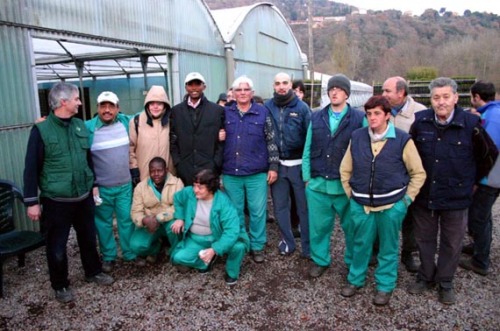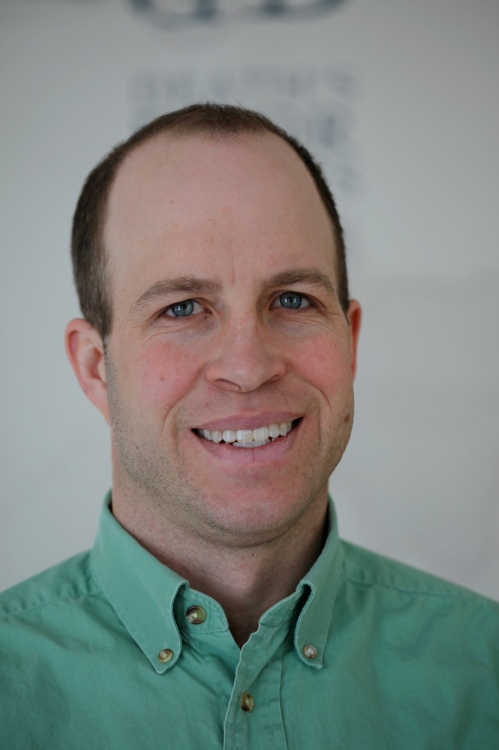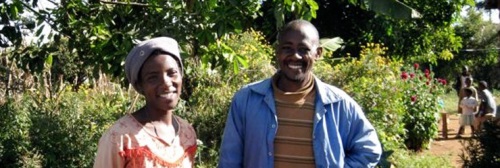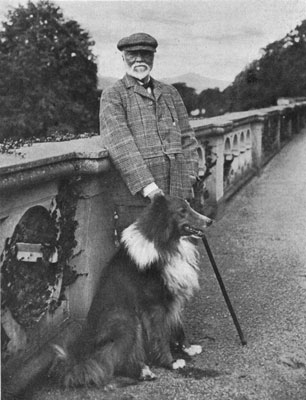I want to expand on one subject I mentioned in my previous post about the Social Stock Exchange (SSE). Although Social Stock Exchanges are in their experimentation phases and the money represented in the Sao Paolo Stock Exchange is only a drop in the bucket, the larger point is the philosophy that the SSE represents. And that is investing responsibly.
The idea behind the Social Stock Exchange is to bridge the gap between traditional business and the tackling of the world’s problems. Businesses exist to make money. Companies go public and list on the world’s stock exchanges in order to raise capital, which allows them to grow, expand, develop new technology, and invest. If their efforts happen to have a positive effect on society, all the better. But, that’s not why they are in the game; that’s not their responsibility. Solving social ills and caring for the underprivileged is the responsibility of governments, charities, non-profits, and social workers. Of course, there is plenty of overlap, but generally speaking, social work and business are two very different entities. They have different missions, different philosophies, different structures, different resources, different markets, and of course, different sources of financing. To be sure, many large corporations have a Corporate Social Responsibility Department (CSR) that involves the company in various charitable events and community efforts, but by and large, these activities are minor and these departments often exist for good PR.
As long as social responsibility and business remain separated, social entrepreneurs will continue to fight un uphill battle to get their missions off the ground. But, if we can begin to see social responsibility and business as inevitably intertwined, social entrepreneurship will take off. If the average investor considers ethics with the same weight he or she considers profits, then the field of social entrepreneurship will explode. With the laundry-list of world-ending problems staring us down (climate change, disease, poverty, overpopulation, food scarcity), many people are calling for action. Government regulation is needed. But we can’t regulate ourselves out of these problems. So regulation is needed to create the proper environment for businesses to begin attacking these impossible problems. For example, the right combination of tax incentives, tax burdens, and carbon regulation will force businesses to “go green”.
Which brings me to my point. Investing responsibly can change the world. By investing in companies whose products and services benefit society, you are supporting progress. By not investing in companies that degrade the environment, use harmful chemicals in our food supply, and exacerbate poverty, you are punishing bad behavior. Everyday you make choices with your money. Your money is your vote.
There are now tons of mutual funds out there that only invest their money in ethical businesses. Here’s a great example of ethical investing. Tridos is the leading ethical bank in Europe. Here is there mission statement: “Triodos Bank finances companies, institutions and projects that add cultural value and benefit people and the environment, with the support of depositors and investors who want to encourage corporate social responsibility and a sustainable society.” Triodos invests in renewable energy, organic food, fair trade, clean technologies, culture, and health. Their investments have produced huge social returns and have rewarded businesses that contribute to society.
While a Social Stock Exchange may not exist in your country, you can still put your money to work for good causes. Invest responsibly.







